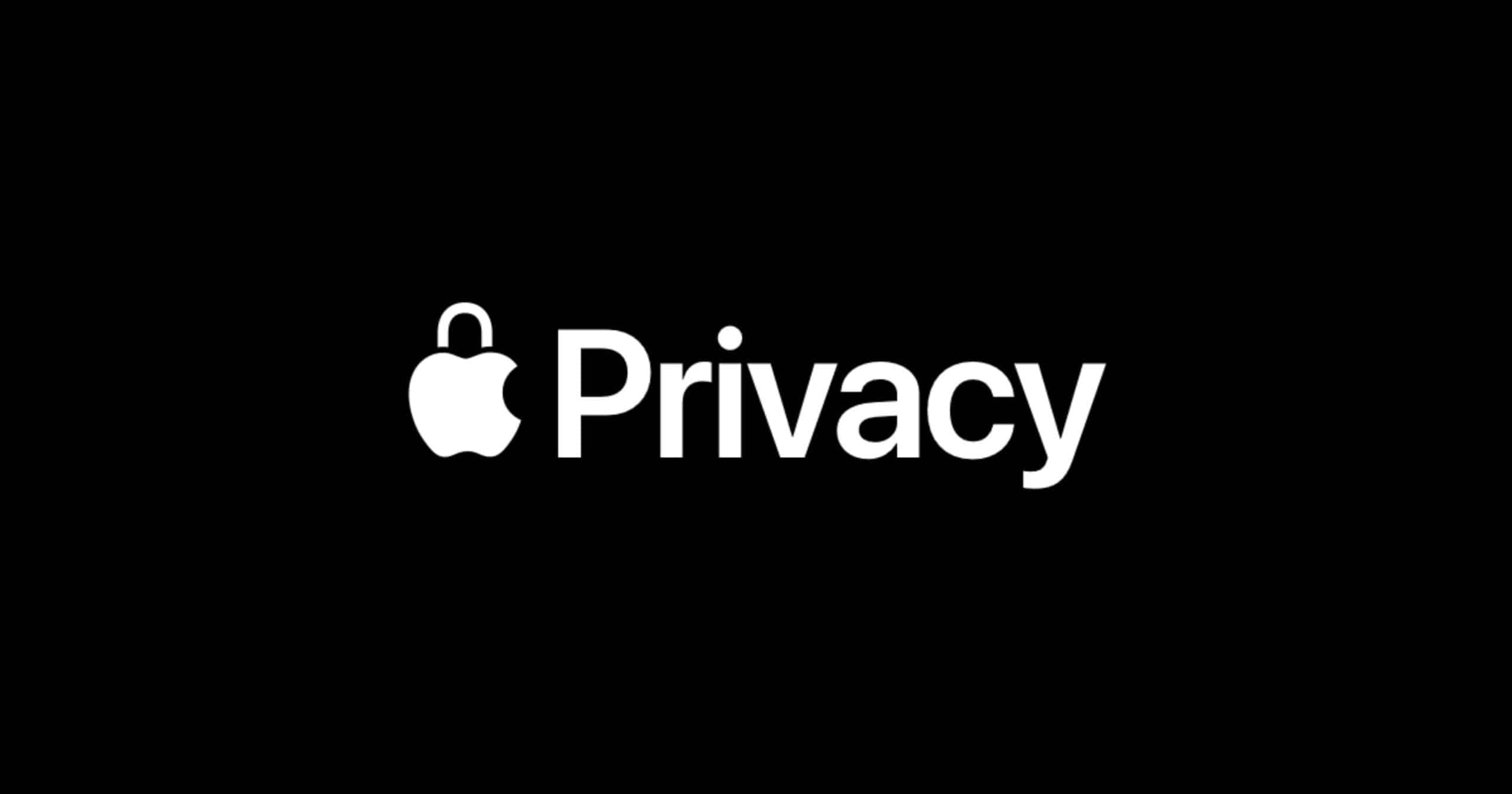
Case Studies: Brands That Excel in Data Transparency
Think about giving your personal details, like your name, address, and card info, to a company you’ve never met. Trusting brands online is no small leap of faith. So, what makes some companies earn that trust so effortlessly? One powerful ingredient: data transparency.
In today’s digital economy, businesses that lead with openness win hearts and loyalty. We’ll show how some brands use real-world data and transparency in top e-commerce case studies. This honesty gives them a competitive edge. You’ll walk away inspired to build customer trust like a pro.
Why Data Transparency Matters More Than Ever
Rising Consumer Awareness
Today’s customers are savvier than ever. A 2023 PwC report found that 79% of consumers trust companies that explain their data use clearly.
Regulatory Pressure
Laws like GDPR, CCPA, and Australia’s Privacy Act are not suggestions; they’re mandatory. Failing to meet transparency requirements can cost millions in fines.
Competitive Advantage
In a crowded market, brands that embrace transparency don’t just comply — they shine. Transparency becomes part of their brand story, setting them apart.
Key Insight: Trust isn’t bought; it’s earned through consistent, transparent actions.
What Makes a Brand Truly Transparent?
- Clear communication about data usage
- Easy-to-understand privacy policies
- Giving users real control over their data
- Honest reporting on data breaches or updates
Now, let’s explore brands that get it right.
Case Study 1: Apple — Privacy as a Selling Point

The Approach
Apple positions itself as a privacy champion. Its slogan, “Privacy. That’s iPhone,” isn’t just marketing fluff—it’s backed by product features.
- App Tracking Transparency (ATT): Launched in iOS 14.5, this feature allows users to choose which apps can track their activity.
- Privacy Nutrition Labels: App Store listings show easy-to-read labels outlining data collection practices.
Results
- Boosted brand loyalty: 78% of iPhone users say they trust Apple to protect their data.
- High adoption: Over 96% of users opted out of app tracking when given the choice (Flurry Analytics, 2023).
Why It Works
Apple doesn’t just talk the talk. They redesign key features to empower users. Privacy is now part of the user experience.
Case Study 2: Patagonia — Transparency Beyond Data
The Approach
Patagonia is known for its ethical ecommerce practices. This includes how it handles products and customer information.
- Plain Language Privacy Policy: Their policy avoids legalese and talks to customers like real people.
- Minimal Data Collection: They only collect what’s needed to process orders and improve experiences.
- Social Proof: They openly share information on sourcing and environmental impacts, reinforcing their authenticity.
Results
- 90% customer satisfaction rate (2022 internal survey).
- Regularly ranked among the most trusted apparel brands.
Why It Works
Patagonia’s transparency goes beyond data. It reaches every part of their brand, creating trust.
Case Study 3: Mozilla — Privacy by Default
The Approach
Mozilla, the creator of Firefox, has made privacy a fundamental design choice.
- Minimal Tracking: Firefox collects only necessary technical data.
- Clear Settings: Their privacy settings are easy to find and customise.
- Proactive Updates: Mozilla actively educates users about new threats and protection measures.
Results
- Firefox maintains a loyal user base even against giants like Chrome.
- Gained widespread praise from privacy advocates.
Why It Works
Mozilla’s authenticity stems from its mission-driven approach. They consistently prioritise user interests over profits.
Case Study 4: Shopify — Transparency for E-commerce Merchants
The Approach
Shopify protects its customers. It also teaches its merchants how to handle data responsibly.
- Trust Centre: It has guides on GDPR compliance and data best practices.
- Built-in Privacy Features: Shopify stores have cookie consent banners and privacy settings.
- Clear Communication: They notify merchants promptly about data policy updates.
Results
- Over 1.75 million businesses trust Shopify as their ecommerce platform.
- Reduced merchant compliance risk through proactive support.
Why It Works
By empowering their users (the merchants), Shopify multiplies trust across the ecommerce ecosystem.
Case Study 5: Monzo Bank — Radical Honesty
The Approach
Monzo, a UK-based digital bank, takes transparency to a refreshing level.
- Open Product Roadmaps: They publicly share what features they’re working on.
- Real-Time Notifications: Users get instant alerts for transactions.
- Simple Privacy Terms: They explain data use in casual, relatable language.
Results
- Over 7 million customers within just a few years of launch.
- NPS (Net Promoter Score) consistently above 70 — exceptional for the banking sector.
Why It Works
Monzo is transparent at every contact point. This builds a sense of partnership instead of hierarchy.
Common Themes Across These Brands
- Simplicity: Policies and explanations are easy to understand.
- Control: Users have genuine power over their data.
- Consistency: Transparency is woven through every interaction.
- Proactivity: They inform users before issues arise.
Key Insight: True transparency is not a one-time gesture; it’s an ongoing commitment.
How You Can Apply These Lessons to Your Business
1. Conduct a Transparency Audit
- Review your privacy policies.
- Check your data collection practices.
- Evaluate communication channels.
2. Simplify, Simplify, Simplify
- Use plain English.
- Break information into small, digestible pieces.
- Offer summaries alongside detailed documents.
3. Give Customers Real Choices
- Easy opt-ins and opt-outs.
- Clear preferences dashboards.
4. Communicate Proactively
- Send updates about policy changes.
- Offer tips for safer data practices.
5. Embed Transparency in Company Culture
- Train your teams.
- Reward transparent behaviours.
Future Trends in Data Transparency
Personalised Privacy Settings
Brands will let users customise privacy levels more granularly, making transparency more interactive.
Blockchain for Data Verification

Distributed ledgers could offer customers independent verification of data claims.
AI-Driven Transparency Assistants
Imagine a bot explaining complex data usage in a personalised, friendly chat. This isn’t far off.
Conclusion: Brands That Excel in Data Transparency
Top brands in data transparency go beyond legal standards. They build stronger, more meaningful connections with their customers. Real-world ecommerce case studies show that openness builds customer trust and loyalty. This also creates a competitive edge.
To future-proof your business and create loyal advocates, embrace radical transparency now.


